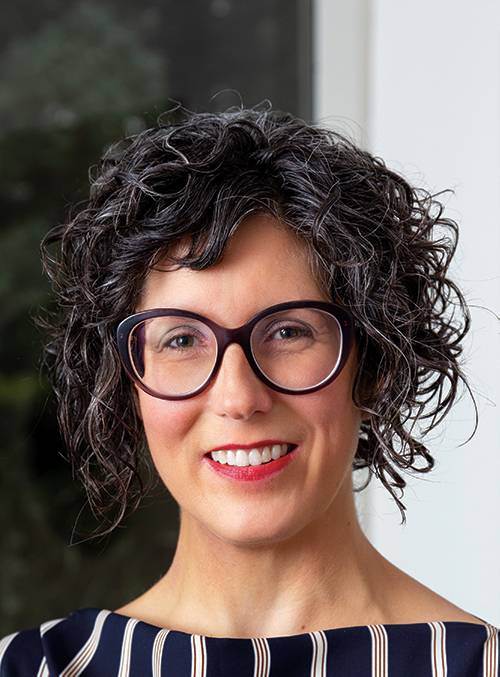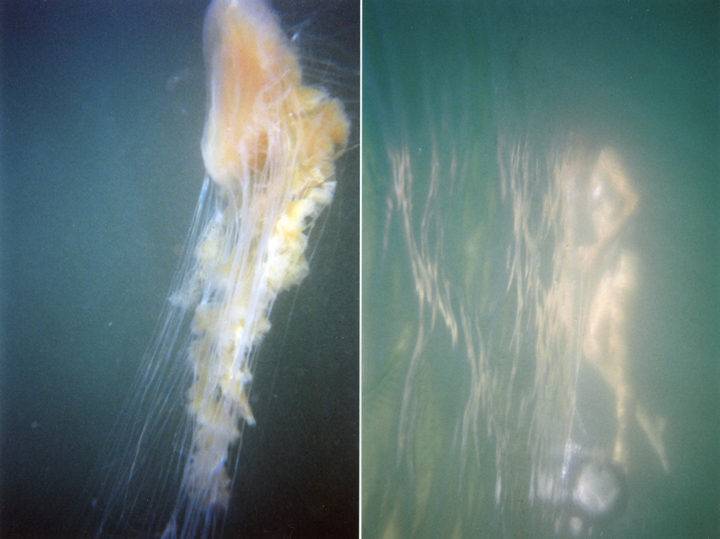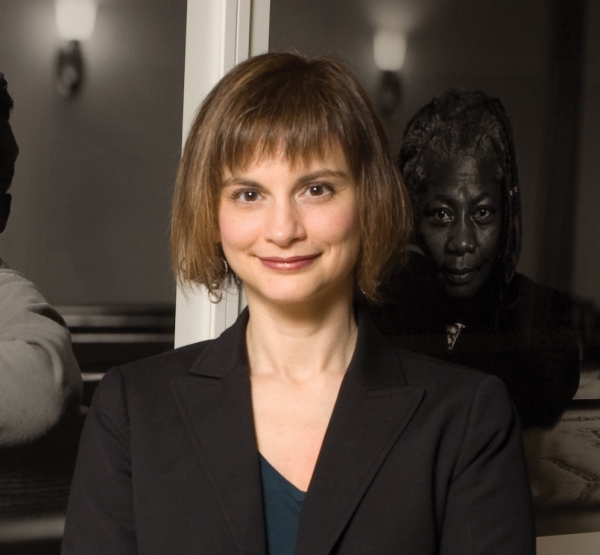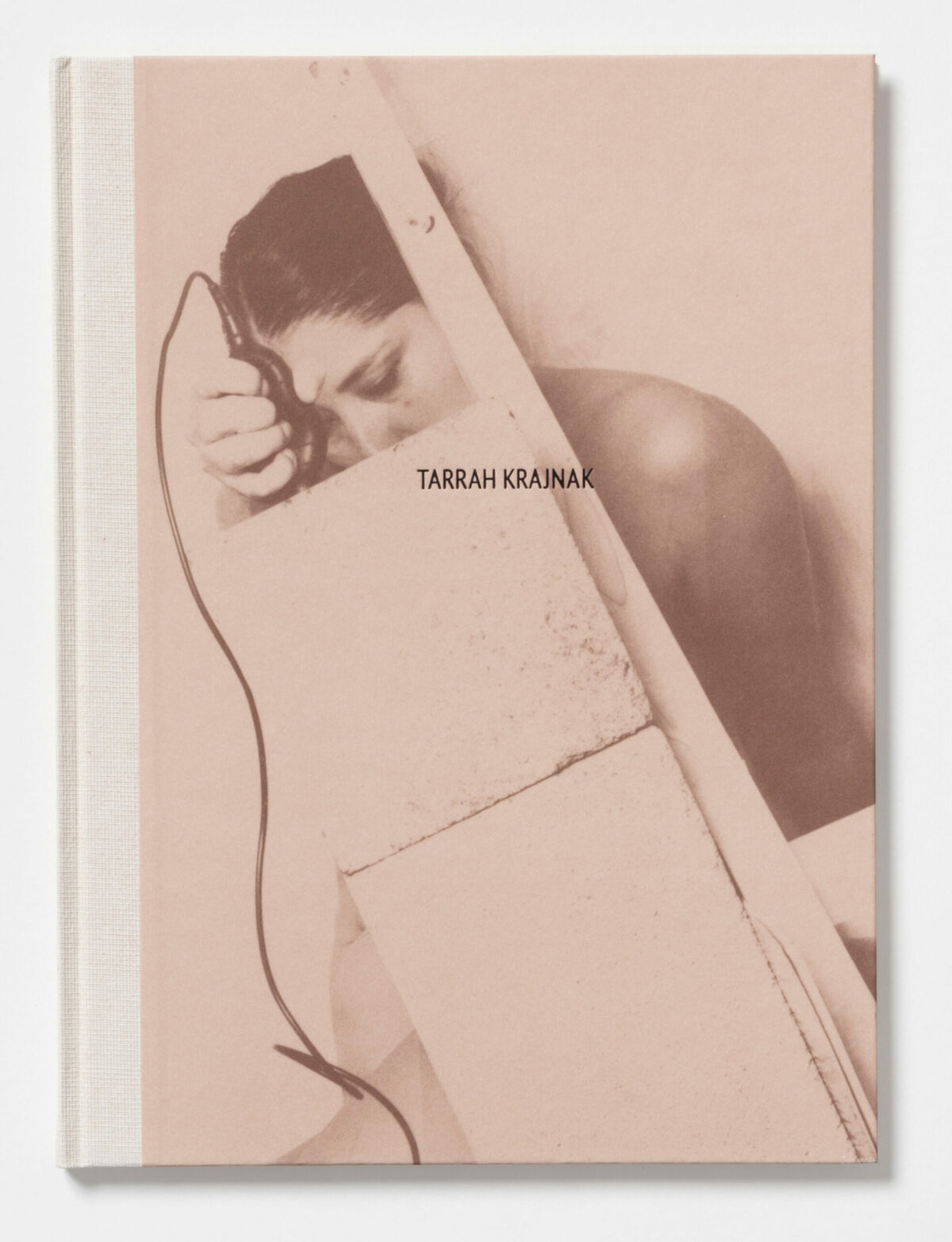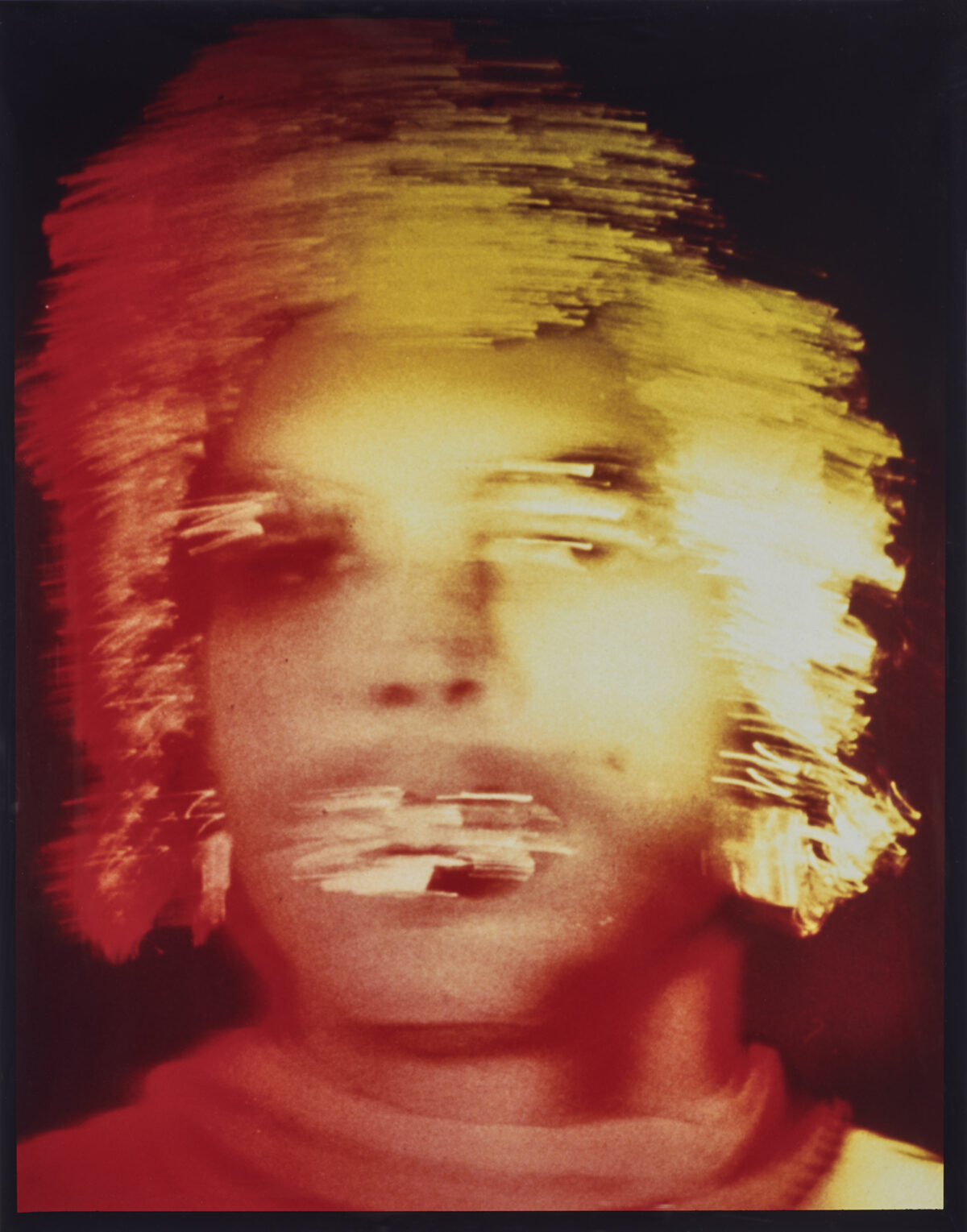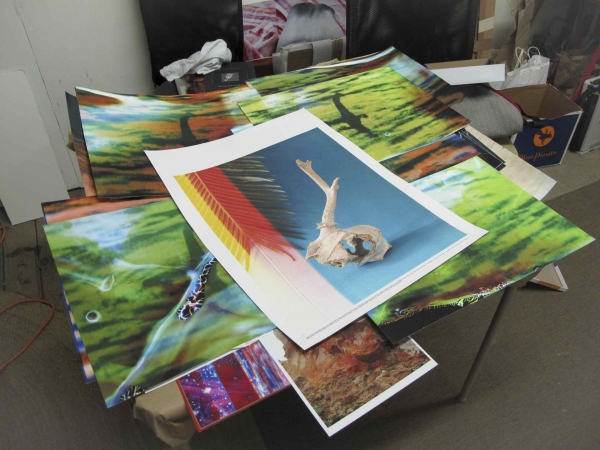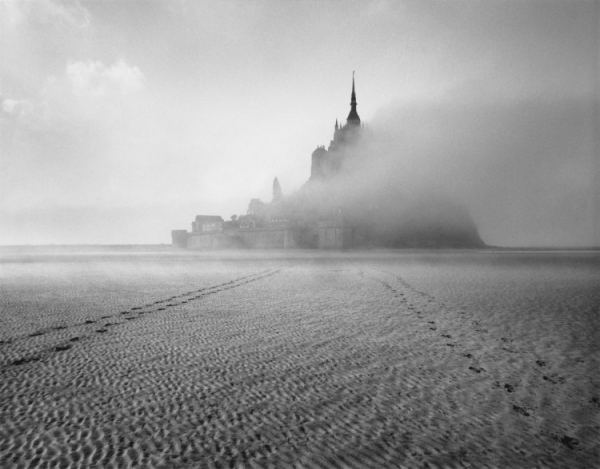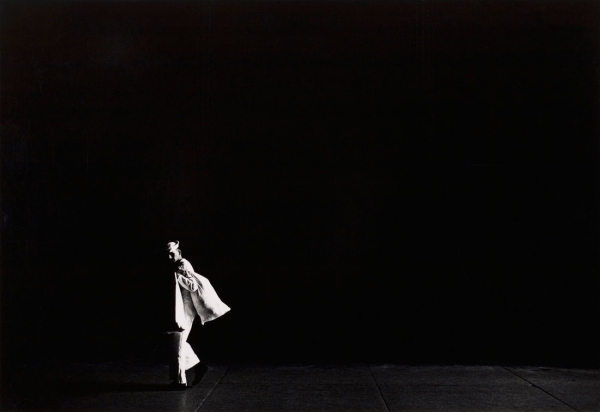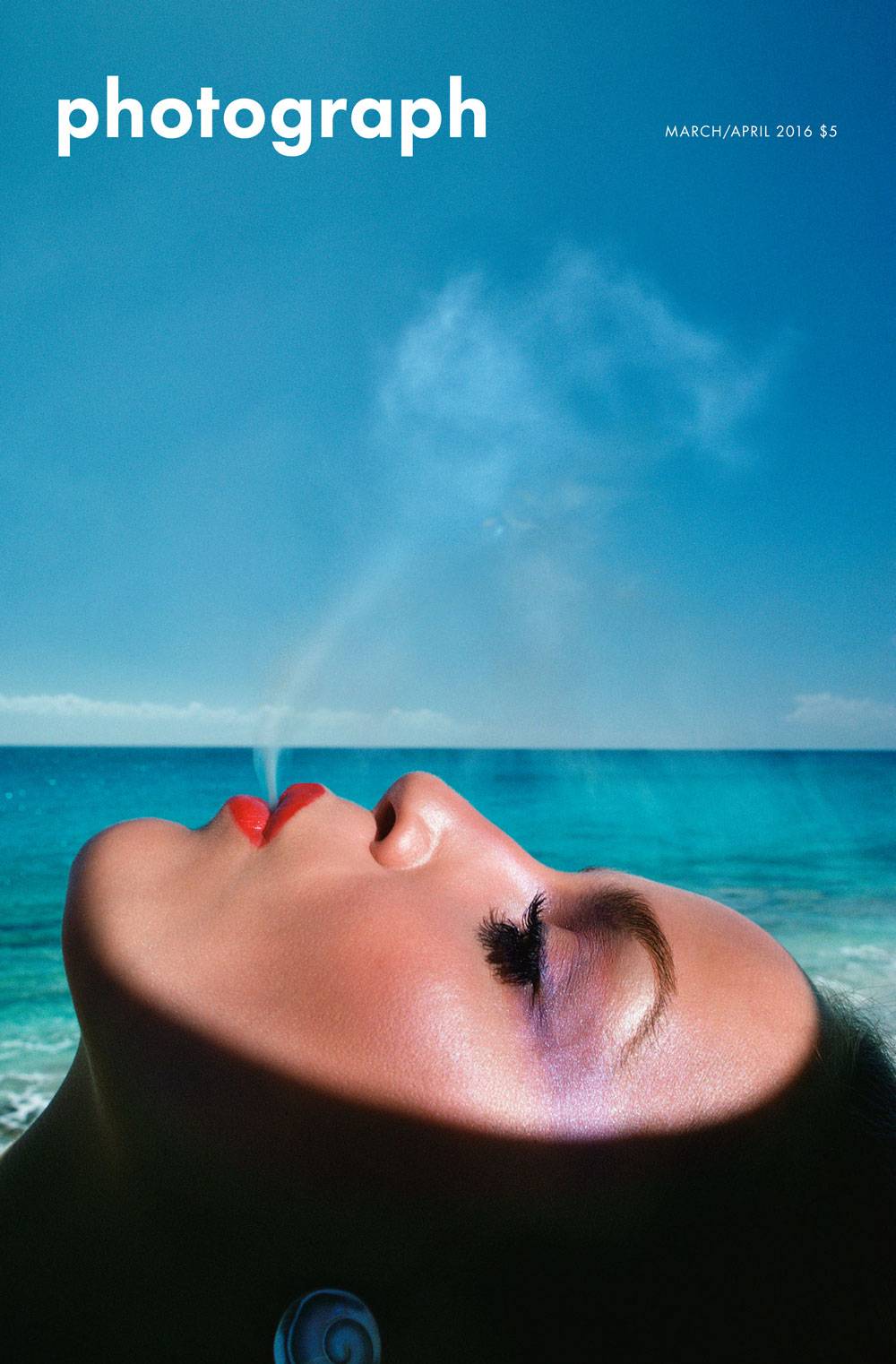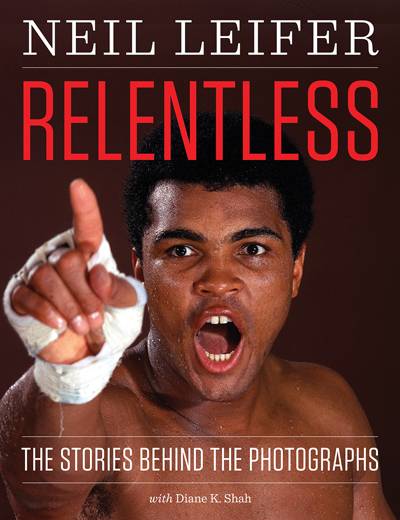When Katherine Bussard was growing up in Indianapolis, IN, her parents regularly took her to museums. They tended not to amble, though, keeping a brisk pace so that their daughter would not get bored. In fact, the young Bussard enjoyed museums immensely, and finally she protested, demanding that they stop and take some time to look at the art. “I loved being in museums from a young age,” she says.
That childhood episode took place at the Art Institute of Chicago, where Bussard would later work for nearly a decade. Before that, she studied art history at Smith College, where she first began making photographs herself, then at Williams College, where she took every photo history course available. She wrote her thesis on Robert Mapplethorpe, contextualizing his photographs against the historical backdrop of the advent of the AIDS crisis.
Subsequently, in the doctoral program at CUNY, she wrote a dissertation that reframed street photography; it was eventually published by Yale University Press in 2014 as Unfamiliar Streets: Photographs by Richard Avedon, Charles Moore, Martha Rosler, and Philip-Lorca diCorcia. She had moved from New York City to Chicago to work on that dissertation and had only just begun unpacking boxes when an assistant curator job opened up at – where else? – the Art Institute of Chicago. She immediately applied – and took the job despite the fact that it would mean working full time while finishing her dissertation. “I couldn’t be happier with how it worked out,” she says now.
In many respects, her interrogation of street photography was the germ of the exhibition she’s working on now, which opens February 22 at the Princeton University Art Museum, where she has been the Peter C. Bunnell Curator of Photography since 2013. Bussard calls Life Magazine and the Power of Photography, which she is co-curating with Kristen Gresh, the Estrellita and Yousuf Karsh Senior Curator of Photographs at the Museum of Fine Arts, Boston, and Alissa Schapiro, a doctoral candidate at Northwestern University, “a rigorous photo-historical examination of Life as a whole.” It begins by looking at how the photographs in the magazine got made and examines what ended up on the printed page and the meanings attached to those images grounded in the work of a team of writers, reporters, and designers. “That movement from a single frame to the image’s widespread circulation is at the heart of the Life magazine exhibition but also at the heart of why I’m interested in photography,” says Bussard, adding, “I enjoy trying to find a way to present material that’s new and different, and beneficial to the field.”
Bussard describes her job at Princeton as “a great combination of everything I really enjoy the most,” given the way it brings together curating, teaching, writing, and research. In preparation for the Life magazine exhibition, for example, she taught a course with a colleague in the Slavic department on photojournalism through the 20th century in the U.S. and Russia. “The students taught me a lot about how they think through images accompanying the news today – and in that sense it makes the Life exhibition incredibly timely,” she says, adding, “One of my great hopes is that the project opens doors to many more discoveries, to more research. I hope it’s an invitation.”

